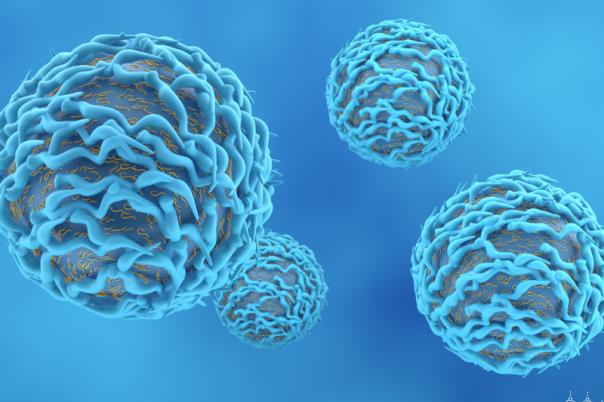The Molecular Histopathology and Spatial Biology group at Boehringer Ingelheim study chronic inflammatory diseases such as interstitial lung disease, inflammatory bowel disease, and systemic sclerosis. In this presentation, Priyank Patel, a Senior Scientist in this group discusses their efforts in using spatial multiomics data to enable a precision medicine approach inflammatory disease.
The team conduct their research by probing human FFPE tissues for mRNA and protein expression with a variety of staining methods, from the traditional H&E staining to advanced spatial proteomics and transcriptomics.
Patel gave an overview of the tools that his team use single cell RNA-seq can provide full transcriptome analysis, but not spatially resolved. 10x Genomics’ Visium was described as a ‘happy medium’: spatially resolved, full transcriptome, but not single cell resolution. For a truly single cell solution but limited plex, the team use NanoString’s CosMx instrument.
Once they have a hypothesis in place, the team switch to Lunaphore’s COMET platform which allows them to probe 38 proteins in the same tissue section to validate their hypothesis.
Patel then describes the two-year journey his team embarked on to effectively interpret spatial data. He explained that the team realised that they couldn’t effectively extract the data they needed from the raw output. This was due to the difference in distance scales at which certain biological processes happen and the need for tools collecting data at different scales.
This led the team to build a hierarchical model of inflammation which includes layers such as cellular proximity, microenvironments, pathway enrichment, and histopathological structures, which help understand the complex nature of inflammation. This contributed to an overall spatial analysis paradigm which involves characterising multiple hierarchies within the model to build a complete spatial profile and understand disease progression.
The paradigm was applied to study mucosal inflammation, revealing distinct microenvironments and cellular interactions in both uninflamed and inflamed tissue states. The future focus includes using spatial data to enable precision medicine, support drug discovery, build disease-relevant in vitro models, and identify biomarkers for patient positioning.





